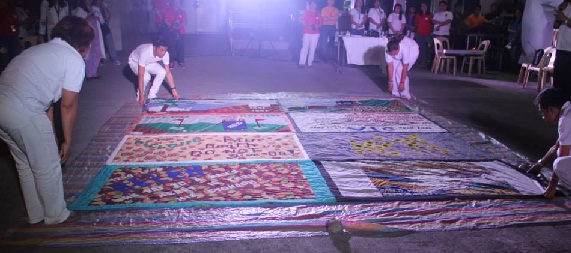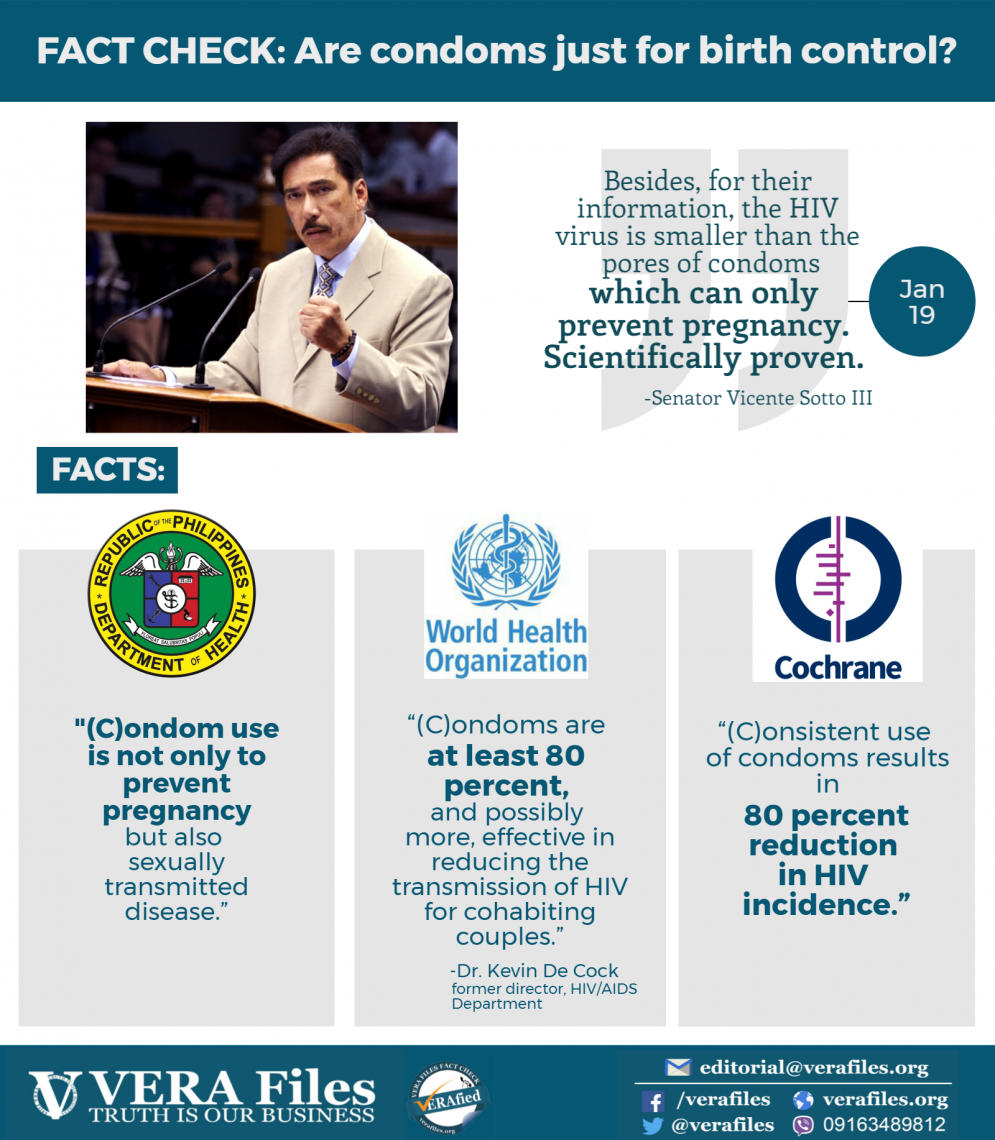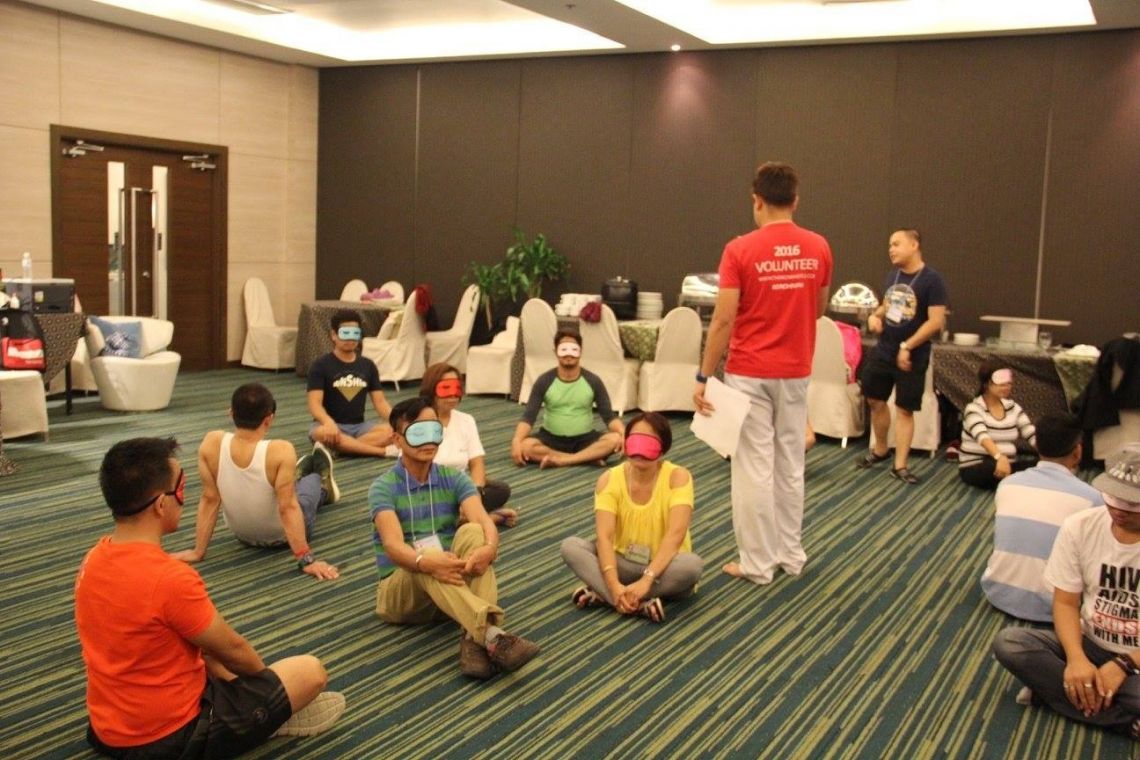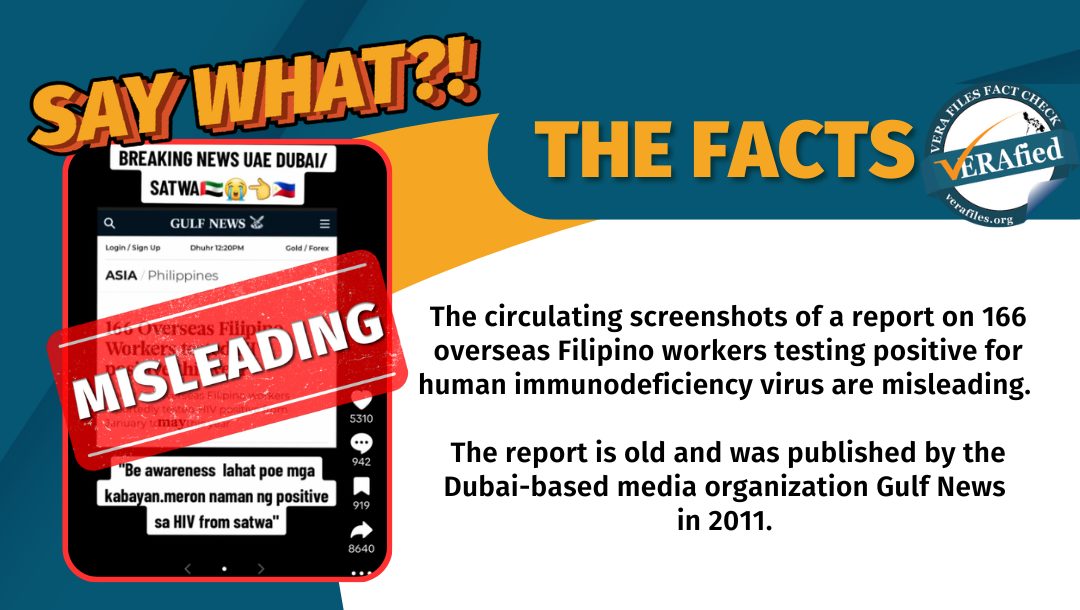By DIANA G. MENDOZA
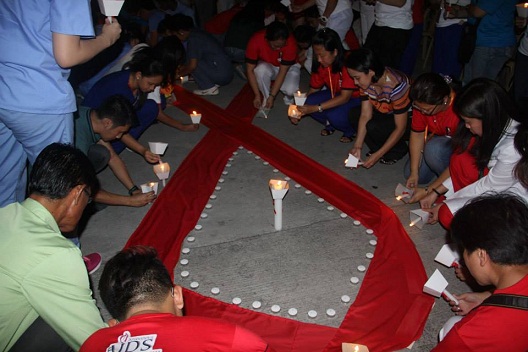
DOLZURA. Esther. Kathy. Sarah Jane. The country’s first reported case of AIDS in 1984 was an unidentified male, but by this list of names alone, it was the females who gave a public face to HIV and AIDS in the Philippines.
The first wave of HIV infections recorded in the country was among female sex workers around the former US military bases. A combined medical research team of the US naval forces and the Philippine Department of Health (DOH) found HIV-infected blood when they were investigating Hepatitis B infections among female sex workers in the US bases at the time.
That was in 1986 and it was then that the DOH officially identified AIDS as a notifiable disease, joining the roster of known illnesses that threaten public health. Doctors treating patients with notifiable diseases are required to report the cases to authorities.
The close association of HIV with sex work and females in prostitution was such that HIV bore a woman’s face in the late 1980s to the 1990s. Female sex workers, women with a history of travel, and other women, mostly wives of overseas contract workers especially seafarers, were infected.
Females no longer make up the bulk of today’s DOH HIV Registry, the government’s monthly update of HIV and AIDS infections, cases and deaths, but Assistant Health Secretary Eric Tayag says their unique functions such as childbearing and breastfeeding make them vulnerable.
Mother-to-child transmission of HIV can occur when an HIV-positive mother passes the virus to her baby during pregnancy, labor, delivery, and breastfeeding.
Tayag, the director of the DOH National Epidemiology Center that tracks HIV transmission and surveys risky behavior that causes HIV infection, adds: “The interventions for females are still the same; they are educated on awareness and prevention.”
Dr. Jose Narciso Melchor Sescon, president of the AIDS Society of the Philippines and chief training officer and head of hospital committees of Sta. Ana Hospital in Manila, said women and girls’ “biological and social factors” place them at risk.
“Women’s bodies are anatomically configured to have greater body mass areas exposed to the virus and therefore, are ‘receivers’ of the virus during the sexual act,” he said. “Socially, although they know and some are skilled on condom use, they remain challenged in negotiating for condom use with their partners.”
Women as care providers of families also carry the burden of deaths from AIDS, or continue with their lives despite HIV infection.
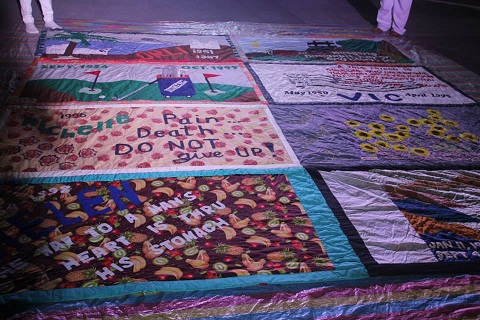
Celia, an HIV-positive woman in her 40s, was infected by her husband, and then she passed on the virus to her daughter during pregnancy. She lost both husband and daughter to AIDS; the girl died when she was four. Irina, another woman who got infected by a male partner while working abroad, continues to hide her medical status from her children.
Both Celia and Irina work in support institutions for people living with HIV. Celia, who lost her daughter 14 years ago, said “it’s frustrating to see other women go through the same ordeal that I experienced.”
Irina, for her part, thought “I was so unfortunate but I found a purpose in life by helping other women.” Crucial among interventions is educating women on condom use and in making decisions on pregnancy, especially when they are HIV-positive. She said women are still the losers in negotiating for condom use with their male partners, and this is worse among girls and women who know nothing at all about using protection.
“Many pregnant women who have the AIDS virus are those who are faithful to their husbands, and think their husbands are faithful to them, so they don’t use condoms thinking they are safe.”
Dr. Sescon said local ordinances that sought the licensing and regulation of entertainment establishments such as bars, karaoke lounges, and massage parlors that monitored women in prostitution helped contain the spread of sexually-transmitted infections including HIV among this sector of women in the last two decades.
But females face the same high risks today. Since the path of HIV transmission shifted to males, especially males who have sex with males (MSM) starting in 2007, females were put aside as efforts also shifted. Based on the HIV registry for March 2014, of 498 new HIV and AIDS cases recorded, only 24 are females. Of 17,948 cumulative recorded cases since 1984, 1,901 are females.
But the March 2014 HIV registry listed a lone child as HIV-infected. Cumulatively since 1984, there have been 66 such cases. The DOH said the prospect of mothers giving birth to HIV-infected babies looms unless it is promptly addressed.
A review of the most recent Integrated HIV Behavioral and Serologic Surveillance, a biennial study of the DOH epidemiology center to collect, analyze, and interpret data on HIV and AIDS in 20 selected sites across the country, disclosed that the sexual activities of males affect women.
The study showed that four out of five MSM have experienced vaginal sex with women. Four in 10 have engaged in oral sex and one in 10 in anal sex with women. More so, 87% of the HIV-positive MSM in the survey had vaginal sex with women.
“Considering the diverse and complex sexuality of MSM, and with women as their partners, there is a need for an immense surveillance because the women are at risk,” said Dr. Sescon. He said MSM who have sex with women may potentially infect their female partners especially when their sexual activity is unprotected.
